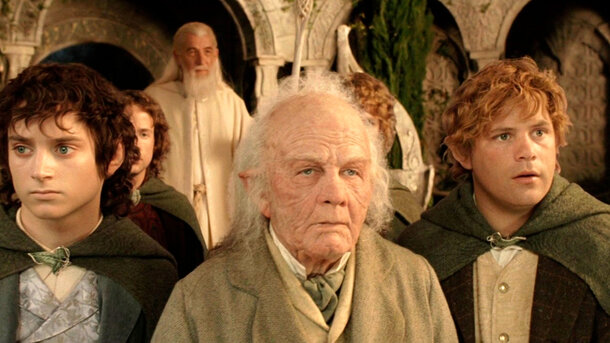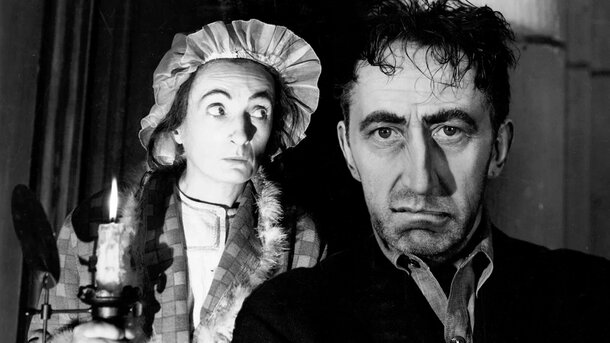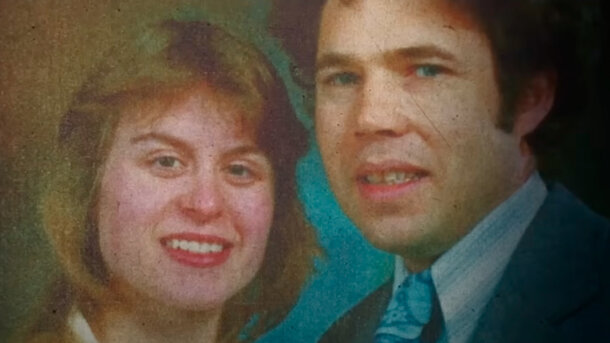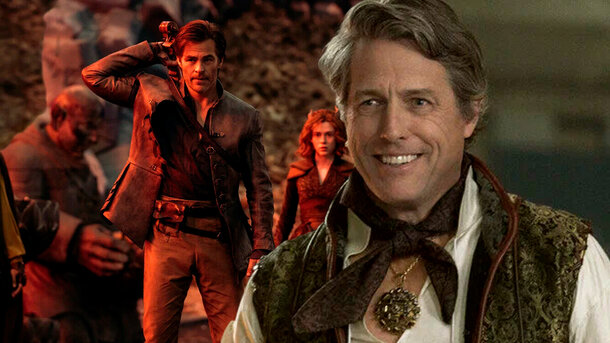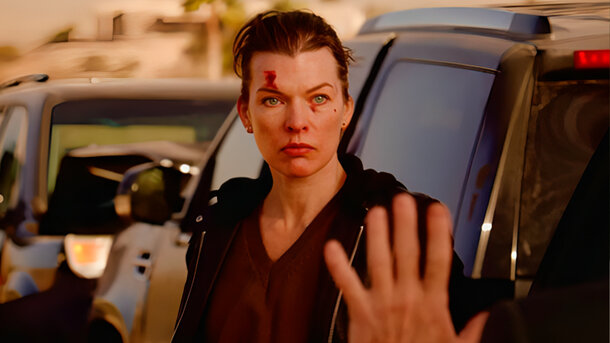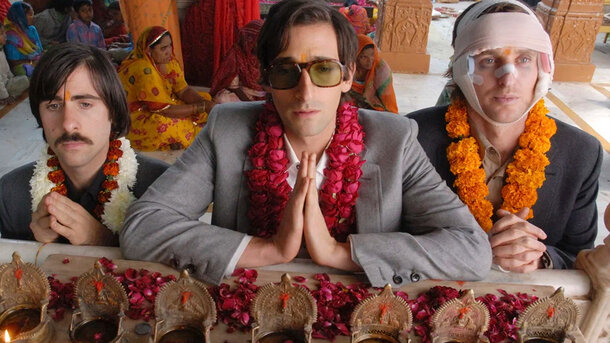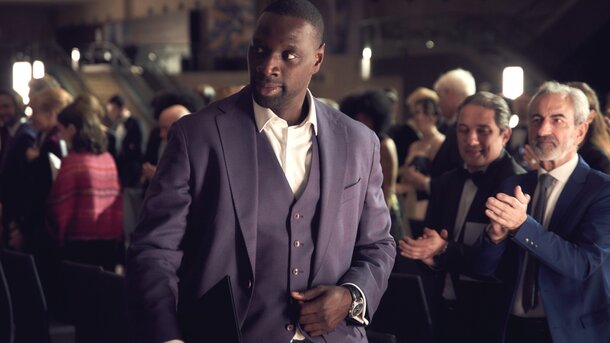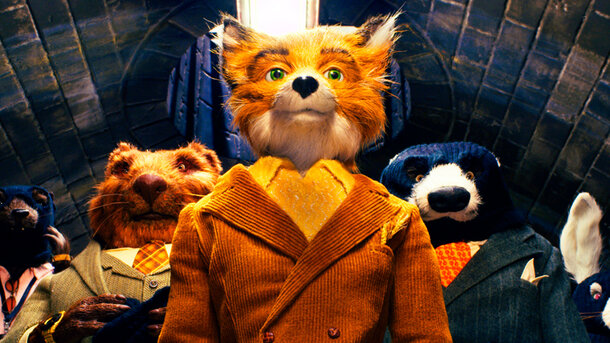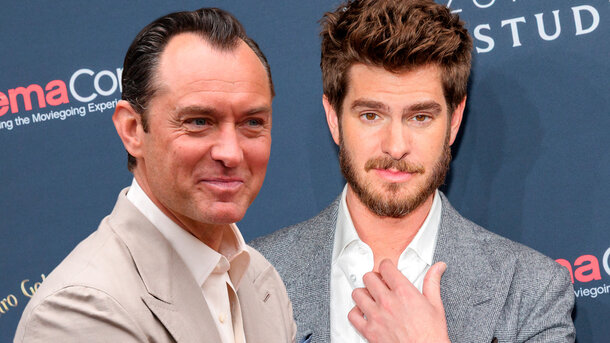The phenomenon of The Lord of the Rings continues to have a significant impact on modern culture. The adaptations — the The Lord of the Rings trilogy, The Hobbit, and the series The Rings of Power — have created a massive fanbase. However, many viewers have only seen the movies and haven't read the original works. They often take the creative decisions of directors and screenwriters as canonical elements of Tolkien's universe, which leads to numerous misconceptions.
Aging After Losing the Ring
The movie adaptation has given rise to the misconception that the loss of the One Ring causes instant aging. This is especially noticeable with Bilbo Baggins: he is portrayed as a vibrant 111-year-old birthday celebrant at the beginning of The Fellowship of the Ring, but as a frail old man in Rivendell.
However, the literary source provides an important clarification: there is a significant 17-year gap between Bilbo's birthday and the beginning of Frodo's mission, during which Bilbo naturally ages. By the end of The Return of the King, the character looks frail not because of longing for the Ring, but due to old age. By that point, Bilbo is 131 years old, which is an exceptional lifespan for a hobbit.
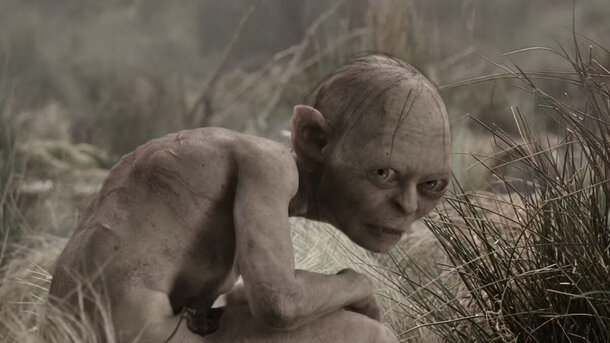
Gollum in The Lord of the Rings
The theory that losing the Ring causes instant aging also falls apart when examined through the character of Gollum. This character, who lived for nearly six centuries, spent over 60 years without the Ring while maintaining remarkable physical activity. He trekked across Mordor, fought hobbits, and survived in harsh conditions. If the Ring truly had such an aging effect, Gollum would not have survived even a fraction of his adventures.
